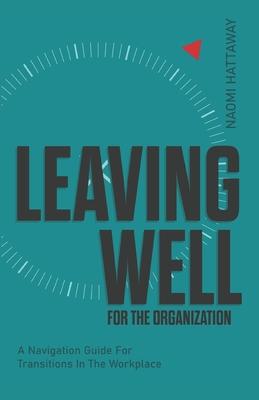People leave.
Resignations, terminations, transitions and other necessary endings are common challenges facing every organization. This is reality. All too often, when people leave, a familiar cycle repeats: processes are not passed along properly and remaining employees are impacted by new workloads, grief, and stress. Even when ample notices are given, they are often submitted without a plan for a seamless transition. Another reality is that organizations hire new employees. When this happens, how organizations handle and navigate transitions inevitably sets the stage for how new employees begin their experience with your organization, and your culture.
Many leaders focus on hiring, attracting diverse talent pools, and onboarding, yet do not address or highlight systemic and underlying problems that exist when employees leave. Thinking back to the last twelve months, how many exits has your organization faced? In addition to the cycles of transition stress, there are also time and money costs associated with the integration of any interim or new hire, including internal relationship and trust building. And all of this assumes a TYPICAL exit! Your organization risks losing years of impact with each transition - but it doesn't have to be this way.
The culture of leaving well protects your reputation, preserves and promotes the mental health of employees, and helps maintain professional relationships with your stakeholders. In other words: the way people leave is actually where change-making organizations should start problem-solving.
